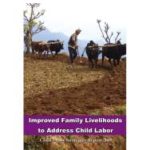
This booklet outlines the strategies to address family poverty in order to help children avoid child labor. Strategies include advice on developing education programs, increasing microfinance access for marginalized households, and helping families to build self-help groups, establish new urban livelihoods, and solidify community networks, savings and credit. This report highlights World Education’s approaches, lessons learned, impact, and a cost benefit analysis by district. Part of a series of thematic strategies reports that combine with a series of status reports to comprise the final report funded by the U.S. Department of Labor.
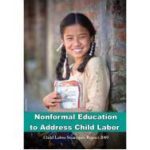
Flexible programs offering a range of levels and approaches are needed to transition younger children to the formal education system and to prepare older children for vocational education. This report looks at Nepal’s background in nonformal education and the initiatives that World Education’s program developed for working children and children-at-risk. The document features success stories, best practices and future directions for the various programs: Matching learners with curricula, Girls Access to Education (GATE), curriculum development, flexible schooling, bridging to formal education, ethnic and regional considerations, open learning centers, facilitator training, microfinance. Part of a series of thematic strategies reports that combine with a series of status reports to comprise the final report funded by the U.S. Department of Labor.
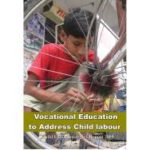
For many children in Nepal, vocational training is often the best option to escape exploitative labor situations. This report highlights approaches that the program uses to provide working children with access to vocational education programs, apprenticeships, and career-planning workshops. The booklet also includes information about self-employment and economic education programs (SEEP), life skills, girls in adult entertainment, agro-forestry and rural livelihoods, challenges, lessons learned, and success stories. Part of a series of thematic strategies reports that combine with a series of status reports to comprise the final report by the U.S. Department of Labor.
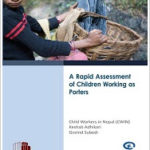
The overall objective of conducting rapid assessments of the worst forms of child labor in general and portering by children in particular was to identify the number of children under 18 years of age involved in the sector at the national and sub-regional levels as well as to assess the underlying socio-economic, cultural, and family-level factors driving children into portering within the context of local- and national-level labor and product market dynamics.
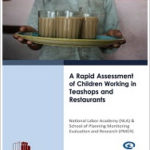
The primary objective of this rapid assessment study was to assess the situation of children working in teashops and restaurants in Nepal and estimate the incidence of child laborers within this sector. The survey was conducted in ten districts.
